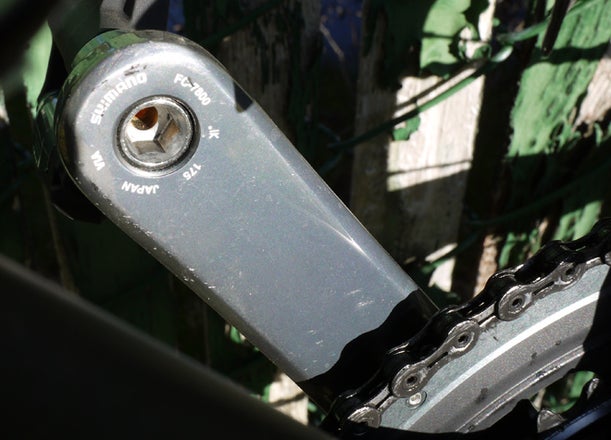With all the hype surrounding shorter cranks I’m still putting my weight behind not so short cranks.
Going from 175 back to my 180s it’s like I get an extra gear and the stance on my bike feels more natural. It’s slight but I was surprised how noticeable it was. Otherwise same crankset and gearing.
We got lots of rocky pedal wrecking terrain but with high engagement hubs I hit a few power stroke then roll. Longer cranks work for that. Also, I trail ride almost always clipped in.
Admittedly, I’ve got super long levers… long legs and broad wingspan.
Anyway, just sayin’.
Going from 175 back to my 180s it’s like I get an extra gear and the stance on my bike feels more natural. It’s slight but I was surprised how noticeable it was. Otherwise same crankset and gearing.
We got lots of rocky pedal wrecking terrain but with high engagement hubs I hit a few power stroke then roll. Longer cranks work for that. Also, I trail ride almost always clipped in.
Admittedly, I’ve got super long levers… long legs and broad wingspan.
Anyway, just sayin’.






